Glimpses of Guatemala (1946)
Genre : Documentary
Runtime : 8M
Director : James A. FitzPatrick
Synopsis
We begin this short visit to Guatemala at the port town of Livingstone, then journey up the Rio Dulce. We stop to watch men tap the trees, harvest the sap, and load the product onto small planes. At a local market, we see indigenous life much as it's been for hundreds of years. Then it's back to the coast, to the prosperous Isla de Flores, a trading island.
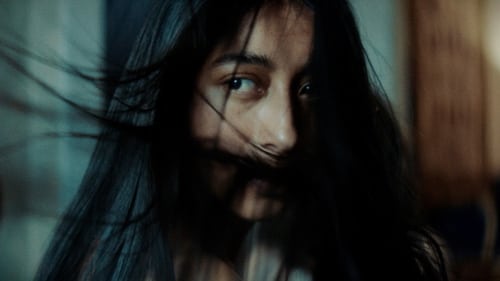
Accused of the genocide of Mayan people, retired general Enrique is trapped in his mansion by massive protests. Abandoned by his staff, the indignant old man and his family must face the devastating truth of his actions and the growing sense that a wrathful supernatural force is targeting them for his crimes.

Bruce Brown's The Endless Summer is one of the first and most influential surf movies of all time. The film documents American surfers Mike Hynson and Robert August as they travel the world during California’s winter (which, back in 1965 was off-season for surfing) in search of the perfect wave and ultimately, an endless summer.

Bruce Lee expert John Little tracks down the actual locations of some of Bruce Lee's most iconic action scenes. Many of these sites remain largely unchanged nearly half a century later. At monasteries, ice factories, and on urban streets, Little explores the real life settings of Lee's legendary career. This film builds on Little's earlier film, Pursuit of the Dragon, to present a comprehensive view of Lee's work that will change the way you see the films.

A young family leaves their home on Kauai. It is time to return to the itinerant path from which all things in their uncommon lives come; beginning and ending on a remote dot in the Pacific. They nomadically trace continents to places where waves meet their edges, envoys of aloha. It is what they will learn, what they bring others, what they will pass on to their children in the hyper-expanded classroom, the lab of direct being; a legacy passed from a father to his family.

How do 1.1 billion people around the world live on less than one dollar a day? Four young friends set out to research and live this reality. Armed with only a video camera and a desire to understand, they spend just 56 dollars each for 56 days in rural Pena Blanca, Guatemala. They battle E.Coli, financial stress, and the realization that there are no easy answers. Yet, the generosity and strength of their neighbors, Rosa, Anthony and Chino gives them resilient hope. They return home transformed and embark on a mission to share their new found understanding with other students, inspiring and challenging their generation to make a difference.
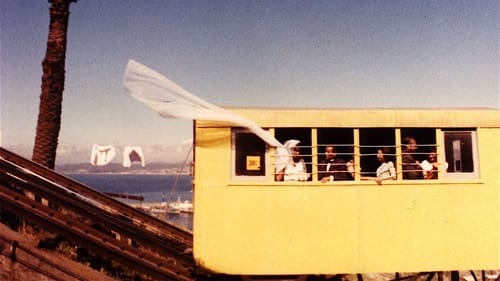
In 1962 Joris Ivens was invited to Chile for teaching and filmmaking. Together with students he made …À Valparaiso, one of his most poetic films. Contrasting the prestigious history of the seaport with the present the film sketches a portrait of the city, built on 42 hills, with its wealth and poverty, its daily life on the streets, the stairs, the rack railways and in the bars. Although the port has lost its importance, the rich past is still present in the impoverished city. The film echoes this ambiguous situation in its dialectical poetic style, interweaving the daily life reality (of 1963) with the history of the city and changing from black and white to colour, finally leaving us with hopeful perspective for the children who are playing on the stairs and hills of this beautiful town.

A story of destinies joined by Guatemala's past, and how a documentary film intertwined with a nation's turbulent history emerges as an active player in the present.
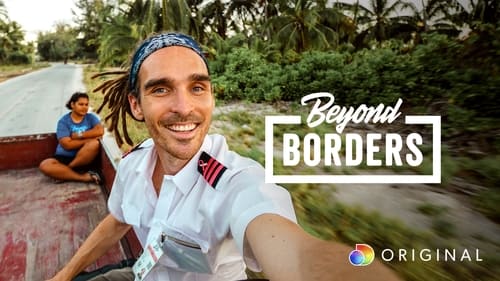
Pilot JP Schulze and filmmaker Louis Cole set off to circumnavigate the world in a single-engine, 1974 Cessna T210L airplane named Balloo. They had 90 days to complete the journey, and as they traveled they met people from many different cultures and asked them - is what divides us greater than what brings us together?

Spalding Gray sits behind a desk throughout the entire film and recounts his exploits and chance encounters while playing a minor role in the film 'The Killing Fields'. At the same time, he gives a background to the events occurring in Cambodia at the time the film was set.
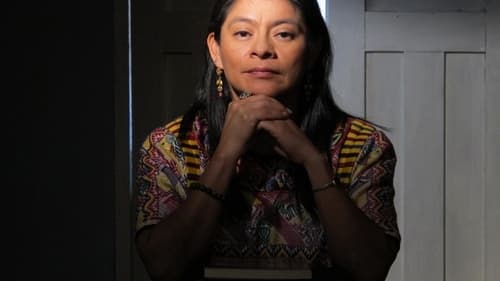
From a historic genocide trial to the overthrow of a president, the sweeping story of mounting resistance played out in Guatemala’s recent history is told through the actions and perspectives of the majority indigenous Mayan population, who now stand poised to reimagine their society.
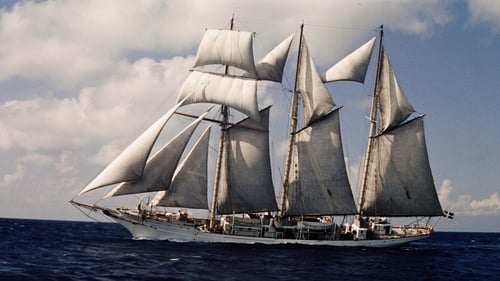
A 1962 West German documentary film directed by Hermann Leitner and Rudolf Nussgruber.

Every day dozens of decommissioned school buses leave the United States on a southward migration that carries them to Guatemala, where they are repaired, repainted, and resurrected as the brightly-colored camionetas that bring the vast majority of Guatemalans to work each day. Since 2006, nearly 1,000 camioneta drivers and fare-collectors have been murdered for either refusing or being unable to pay the extortion money demanded by local Guatemalan gangs. LA CAMIONETA follows one such bus on its transformative journey: a journey between North and South, between life and death, and through an unfolding collection of moments, people, and places that serve to quietly remind us of the interconnected worlds in which we live.

A documentary on the war between the Guatemalan military and the Mayan population, with first hand accounts by Nobel Peace Prize winner Rigoberta Menchú.

A serial in 12 chapters. Tarzan goes to Guatemala to find his lost friend, D'Arnot. On the way he helps Major Matling search Mayan ruins for hidden jewels and an idol containing the formula for a powerful explosive. D'Arnot and the idol are rescued, but the idol falls into the clutches of the explorer Raglan.

This Traveltalk series short visits Hungary's capital, Budapest.

A travelogue showing the beauty of the state of West Virginia in 1929.

In 1899, a photographer at American Mutoscope & Biograph mounted his camera on the front of a trolley traveling over the Brooklyn Bridge. The three 90-foot rolls he created were edited together to complete the journey from Manhattan to Brooklyn, entitled Across the Brooklyn Bridge. As a commission by the Museum of Modern Art for the re-opening of their facility, American avant-garde filmmaker Bill Morrison took this remarkable footage and recombined it with itself to form a new split-screen extrapolation.

In this Traveltalk series short we learn that four million ethnic French, German and Italian people live in Switzerland. The Alps and their important part in the country's history is noted. We view vividly-coloured alpine wildflowers which cover the mountain meadows in the spring. We see rushing mountain streams, fed by melting snows, and then learn of colourful alpine chalets and traditional wood-carving amongst other highlights.

This Traveltalk series short visits South Africa, including Cape Town.

This Technicolor portrait of Jakarta was filmed when it was called Batavia and formed part of the Dutch East Indies colonial empire. The film portrays the daily life of citizens and the relaxed atmosphere that prevailed at the time. We see Batavia's Amsterdam Gate, built by the Dutch around 1664, along with the strong influence of Dutch architecture upon other buildings, streets and waterways.











